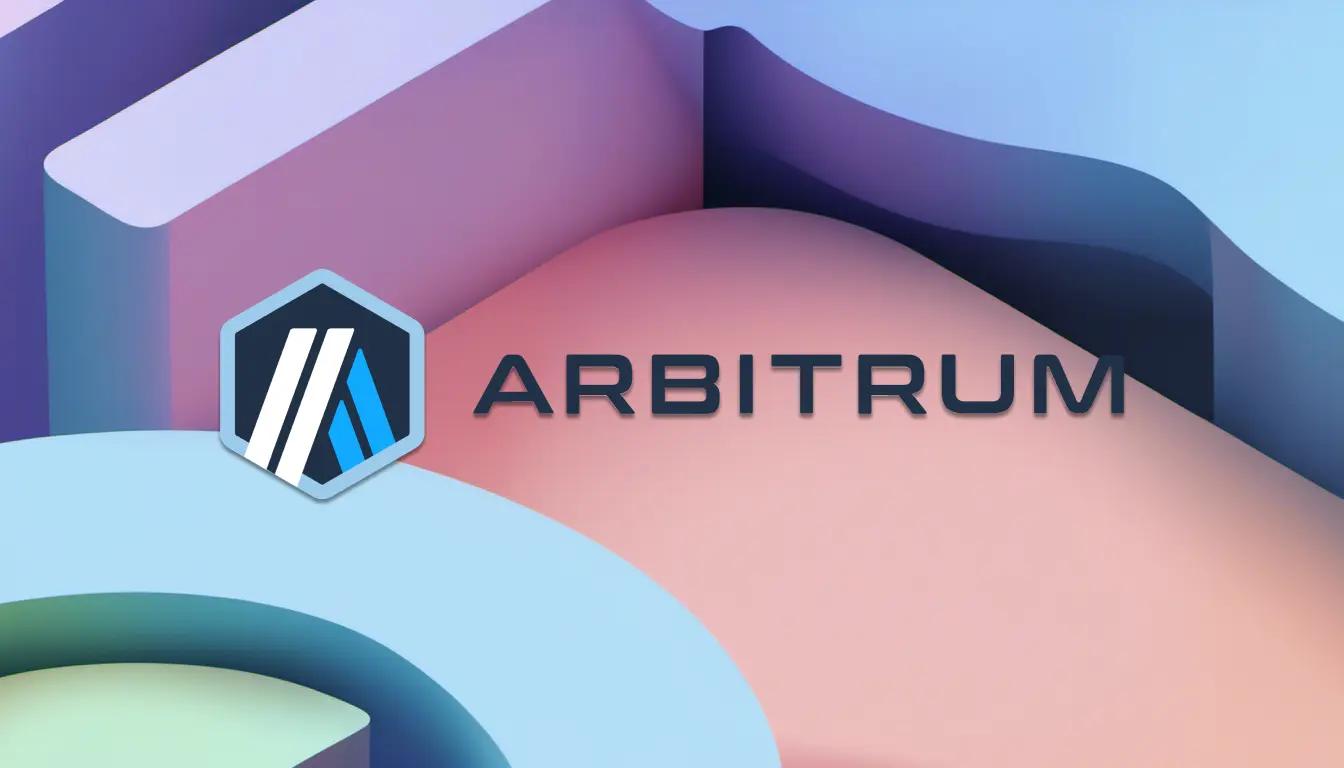Uniswap is a decentralized cryptocurrency exchange that operates on the Ethereum blockchain. Unlike centralized exchanges such as Coinbase and Binance, Uniswap does not have a single governing authority. Instead, it uses a set of smart contracts to execute trades on its exchange.
Centralized exchanges use a traditional order book system to facilitate trading. This system presents buy and sell orders in a list format, and in order to make a successful trade, a buy order must be matched with a sell order for the same amount and price of an asset. However, this system can suffer from low liquidity, which occurs when there are not enough orders on the order book to fill buy or sell orders. Uniswap aims to solve this problem by using a different system that allows for more accessible and open trading.
What is Uniswap?
Uniswap is a decentralized exchange (DEX) that uses an automated liquidity protocol. It was built on top of the Ethereum blockchain in 2018, making it compatible with all ERC-20 tokens and infrastructure such as wallet services like MetaMask. Uniswap is completely open source, which means anyone can copy the code to create their own decentralized exchanges. It even allows users to list tokens on the exchange for free, unlike centralized exchanges that charge high fees to list new coins.
The key difference between Uniswap and centralized exchanges is that Uniswap is fully decentralized, meaning it isn't owned and operated by a single entity. This means users maintain control of their funds at all times, eliminating the risk of losing assets if the exchange is ever hacked. In contrast, centralized exchanges require traders to give up control of their private keys so that orders can be logged on an internal database rather than be executed on a blockchain, which is more time-consuming and expensive.
In addition to its core exchange functionality, Uniswap also has its own governance token, UNI. UNI holders can participate in the governance of the Uniswap protocol by proposing and voting on changes to the platform. Uniswap v3, the latest version of the protocol, was launched in May 2021 and introduced new features such as concentrated liquidity and multiple fee tiers.
Overall, Uniswap's decentralized and open-source nature has made it a popular choice among crypto enthusiasts looking for a more secure and transparent way to trade their assets.
How Uniswap Works
Automated Liquidity Protocol
Uniswap is an automated liquidity protocol that incentivizes users to become liquidity providers (LPs) by pooling their funds together to create a fund that is used to execute all trades that take place on the platform. Each token listed has its own pool that users can contribute to, and the prices for each token are determined using a math algorithm run by a computer.
With Uniswap's automated liquidity protocol, a buyer or seller does not have to wait for an opposite party to appear to complete a trade. Instead, they can execute any trade instantly at a known price provided there’s enough liquidity in the particular pool to facilitate it.
In exchange for putting up their funds, each LP receives a token that represents the staked contribution to the pool. This token can be redeemed for a share of the trading fees. Uniswap charges users a flat 0.30% fee for every trade that takes place on the platform and automatically sends it to a liquidity reserve.
Whenever a liquidity provider decides they want to exit, they receive a portion of the total fees from the reserve relative to their staked amount in that pool. The token they received which keeps a record of what stake they’re owed is then destroyed.
After the Uniswap v2 upgrade, a new protocol fee was introduced that can be turned on or off via a community vote and essentially sends 0.05% of every 0.30% trading fee to a Uniswap fund to finance future development. Currently, this fee option is turned off, however, if it is ever turned on it means LPs will start receiving 0.25% of pool trading fees.
How Token Price is Determined
Uniswap uses an automated market maker (AMM) system to determine the price of each token. This alternative method for adjusting the price of an asset based on its supply and demand uses a long-standing mathematical equation. It works by increasing and decreasing the price of a coin depending on the ratio of how many coins there are in the respective pool.
Whenever someone adds a new ERC-20 token to Uniswap, that person has to add a certain amount of the chosen ERC-20 token and an equal amount of another ERC-20 token to start the liquidity pool.
The size of the liquidity pool also determines how much the price of tokens will change during a trade. The more money, aka liquidity, there is in a pool, the easier it is to make larger trades without causing the price to slide as much.
Arbitrage
Arbitrage traders play an important role in the Uniswap ecosystem. These are traders who specialize in finding price discrepancies across multiple exchanges and use them to secure a profit. On Uniswap, arbitrage traders find tokens that are trading above or below their average market price and buy or sell them accordingly. They do this until the price of the token rebalances in line with the price on other exchanges.
How to Use Uniswap
Using Uniswap is a relatively straightforward process. However, before starting to trade, it is important to make sure you have an ERC-20 supported wallet set up, such as MetaMask, WalletConnect, Coinbase Wallet, Portis, or Fortmatic. Once you have a wallet set up, you will need to add ether to it to pay for gas fees, which are the fees associated with Ethereum transactions.
To get started with Uniswap, follow these steps:
- Go to the Uniswap website at https://uniswap.org.
- Click “Use Uniswap” in the top right-hand corner of the page.
- Go to “Connect wallet” in the top right-hand corner and select the wallet you have.
- Log into your wallet and allow it to connect to Uniswap.
Once you are connected to Uniswap, you can start swapping tokens directly using the drop-down options next to the “from” and “to” sections. Select the token you want to swap, enter the amount, and click “swap.” A preview window of the transaction will appear, and you will need to confirm the transaction on your ERC-20 wallet.
It is important to note that gas payments vary in price depending on how many people are using the network. Most ERC-20 compatible wallet services give you three choices when making a payment over the Ethereum blockchain: slow, medium, or fast. Slow is the cheapest option, fast is the most expensive, and medium is somewhere in between. This determines how quickly your transaction is processed by Ethereum network miners.
It is also important to keep in mind that Uniswap charges trading fees. These fees are automatically deducted from each trade and are used to incentivize liquidity providers to add liquidity to the platform.
Uniswap's UNI Token
Uniswap's UNI token is a governance token that gives holders the right to vote on new developments and changes to the platform. UNI token holders can vote on how minted tokens should be distributed to the community and developers, as well as any changes to fee structures. The UNI token was created in September 2020 to prevent users from defecting to rival DEX SushiSwap.
SushiSwap incentivized users from Uniswap to allow reallocation of their funds to the new platform by rewarding them with SUSHI tokens, which gave users governance rights over the new protocol as well as a proportionate amount of all transaction fees paid to the platform. In response, Uniswap created 1 billion UNI tokens and decided to distribute 150 million of them to anybody who had ever used the platform. Each person received 400 UNI tokens, which at the time amounted to over $1,000.
UNI tokens are compatible with many digital wallets, including both hardware and software versions. Popular software wallets that can hold UNI include Coinbase Wallet and the MetaMask wallet.
Overall, the UNI token is an important part of Uniswap's governance structure, giving users a say in the platform's direction and development.
Uniswap V4
Uniswap V4 introduces a unified contract design, using a singleton contract. Rather than each pool operating under its distinct smart contract as seen in previous versions, V4 consolidates all pools under a single contract. This transition is projected to bring about a significant reduction in costs, potentially saving traders up to 99%, especially during multi-pool swaps. This is primarily due to the minimized token transfers. Additionally, this consolidated approach incorporates flash accounting, logging net changes instantaneously, rather than waiting until the conclusion of each swap. This not only streamlines the process but also augments user savings.
Unified Contract Design
Uniswap's new 'unified contract design' stands out, as it does away with the previous model of one contract for each pool. By amalgamating all pools into a singular contract, pool creation becomes more cost-efficient, and multi-pool swapping is streamlined. Preliminary estimates suggest that gas costs related to the inception of new pools could decrease by a staggering 99%.
Efficient Accounting with Flash System
Complementing the unified contract design is the Flash accounting system. Instead of moving assets after every swap, it operates on net balances. This further simplifies the token swapping procedure, leading to additional gas cost reductions for users.











